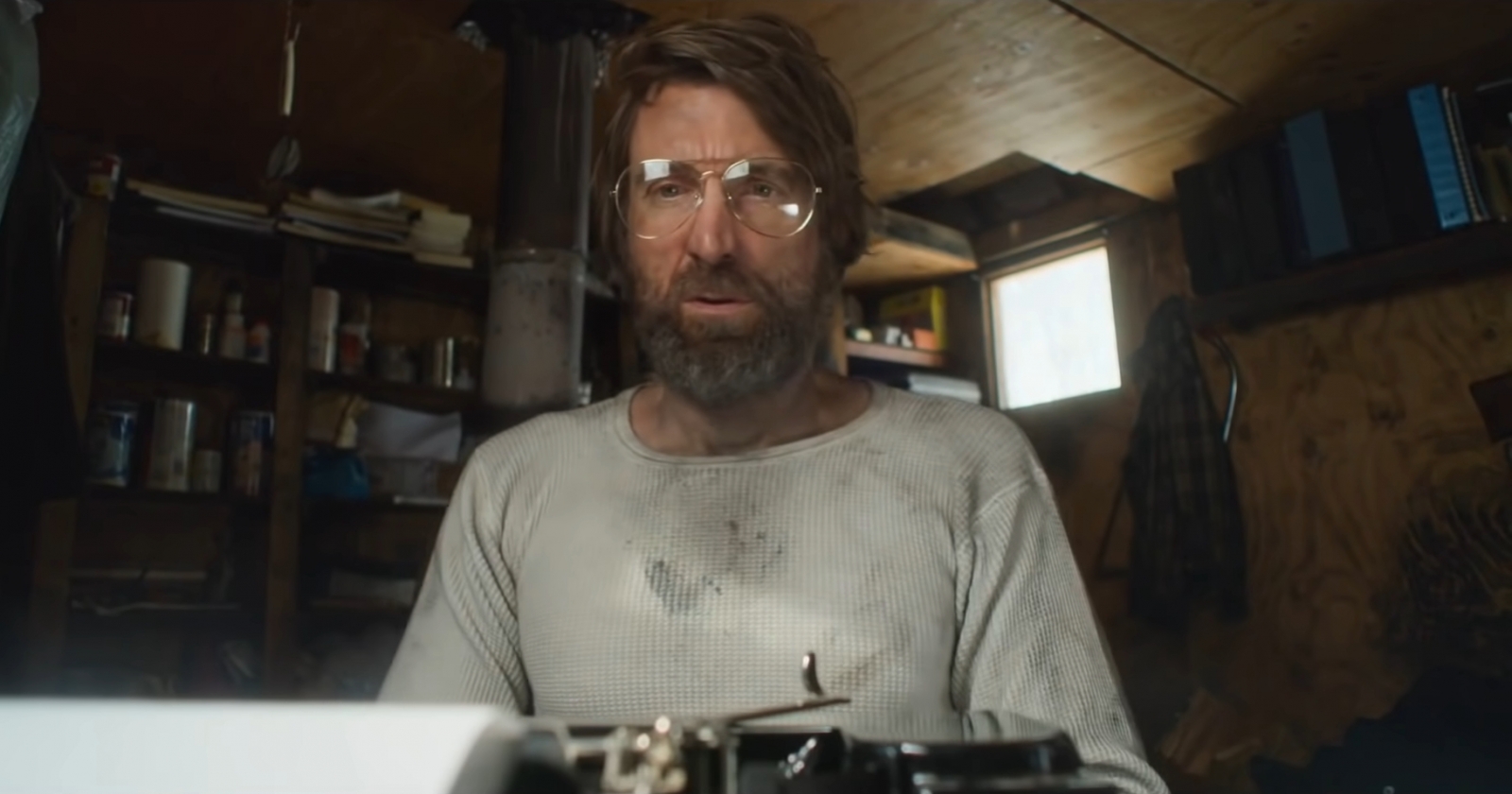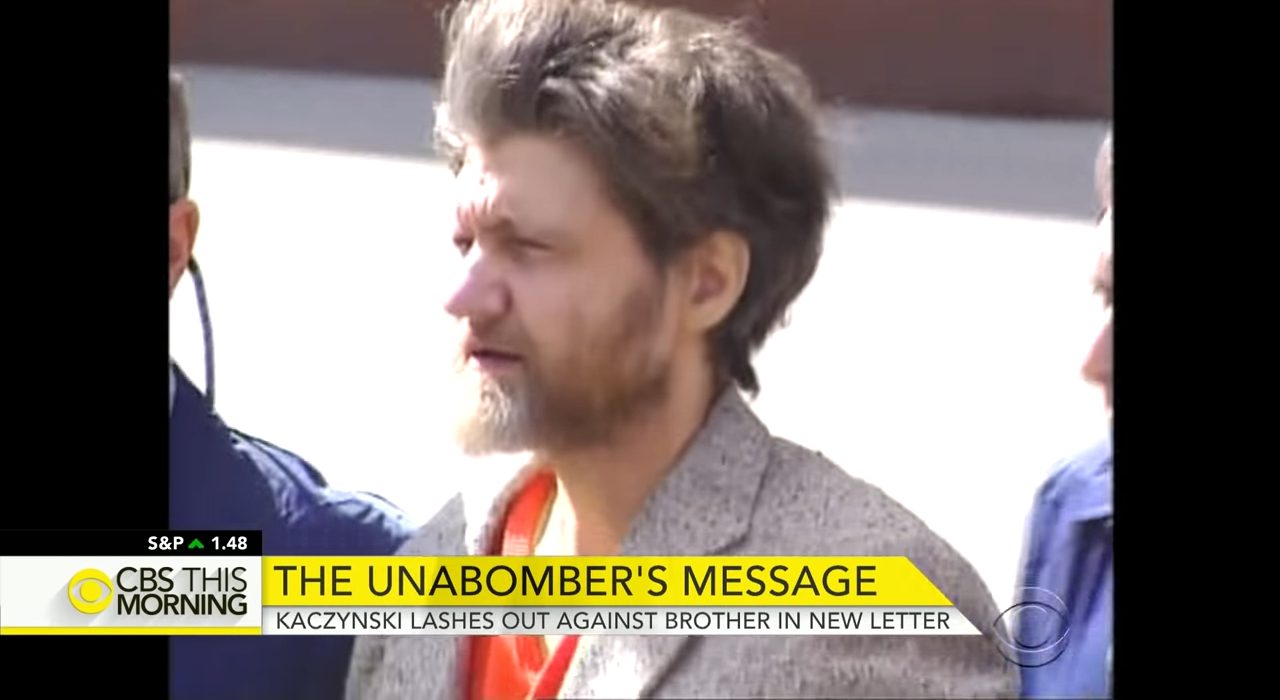Directed by Tony Stone, ‘Ted K’ is a historical crime drama movie. It follows a man named Ted Kaczynski who lives in isolation in a remote cabin in the mountains of Montana. He quickly learns the skills of surviving in the wild well, but his disdain towards the advancement of technology and the principles of modern society begins to grow. Slowly, it turns him into the dangerous mastermind behind deadly bombings and local sabotage.
A realistic portrayal of the psyche and motives of a brilliant mind that turns into a criminal, ‘Ted K’ engages the viewers till the very end with its riveting narrative and stellar performances of the cast members. The movie makes everyone wonder whether it is based on an actual person and events. If you are curious to find out too, you’ve found an ally in us. Let’s find out together.
Is Ted K a True Story?
Yes, ‘Ted K’ is based on a true story. It chronicles the life and tale of Theodore John “Ted” Kaczynski, a former mathematics professor who became a notorious domestic terrorist known as “the Unabomber.” He killed 3 people and left 23 severely injured with the 16 bombings that he carried out between 1978 and 1995. He aimed to start a nationwide campaign against those he believed to be promoting modern technology and environmental degradation.

Born on May 22, 1942, in Chicago, Illinois, Ted was exceptionally intelligent since childhood and even scored an IQ of 167 upon testing. He became a child prodigy after graduating high school at age 15 and was one of Evergreen Park Community High School’s five National Merit finalists. He joined Harvard as a scholarship student in 1958 to pursue his deep interest in mathematics. Since the beginning, he was a brilliant yet socially reserved person with limited friends.
In his second year in college, Ted participated in an experimental study by Harvard psychologist Henry Murray, where he was subjected to severe verbal attacks and criticism of his personal beliefs frequently. His lawyers later attributed his behavior to this study’s consequences. After graduating from Harvard with a Bachelor of Arts degree in Mathematics in 1962, Ted went on to get his Master’s and Doctoral degrees in mathematics in 1964 and 1967 respectively from the University of Michigan.
In 1966, Ted underwent a troubled phase where he experienced sexual fantasies of being a woman and considered getting a gender transition. He changed his mind before meeting the psychiatrist, but this event triggered feelings of extreme anger and resentment towards people in him. In documents released in September 1998, he spoke about his severe disgust giving him new hope of harming others and added, “I will kill… But I will make at least some effort to avoid detection so that I can kill again.”

Ted abruptly resigned in June 1969 from his job as an assistant professor and moved in with his parents in Lombard, Illinois. In 1971, he decided to shift residence to a secluded cabin in Lincoln, Montana, to lead a self-sufficient life close to nature. His cabin had no running water or electricity, and he managed his meager expenses with financial aid from his family as well as working odd jobs. Ted was a frequent visitor to the town’s local library, and in 1975, he became inclined towards sociology and philosophy. Jacques Ellul’s book ‘The Technological Society’ highly influenced him and he related to its content.
That very year, Ted began performing arson and booby trap acts near his cabin to protest against modern developments. In 1978, he initiated his bombing campaign with a series of hand-delivered bombs with advanced mechanisms. He cleverly avoided leaving fingerprints and instead left false clues to resist identification such as Eugene O’Neil stamps, strange quotes, and a bomb embedded in the copy of the novel ‘Ice Brothers.’ However, one common element in most of his bombs were the initials “FC,” which he later claimed represented Freedom Club.
Ted’s victims included university professors and graduate students involved in technology and engineering as well as computer store owners. The three casualties of his attacks were timber industry lobbyist Gilbert Brent Murray, computer store owner Hugh Scrutton, and Thomas J. Mosser, a Burson-Marstellar executive whom he accused of covering up the 1989 Exxon Valdez oil spill. He became the subject of FBI investigation following a botched bombing attempt on American Airlines Flight 444 in 1979.

A 150 personnel strong task force was formed the same year to identify the “Unabomber” or the University and Airline Bomber. The team was misled several times due to easily available scrap materials used in the bombs as well as the random selection of the victims. The FBI did conclude that the person was highly intelligent and connected to academia but did not receive any major leads to develop their theories further. The task force set up a toll-free hotline to help capture the Unabomber.
However, a turning point in the investigation happened when Ted mailed a typewritten 35,000-word essay to several media outlets in 1995 titled ‘Industrial Society and Its Future.’ He assured that he would stop his terrorist acts if his demands were met and further went on to outline the negative impact of industrial development and the hand of leftism in eroding human freedom. Moreover, he called for a mass mobilization against modern society and technology in the document, which was termed as the Unabomber manifesto by the FBI.
Ted demanded his essay to be published in either The New York Times or The Washington Post. The manifesto was finally published on September 19, 1995, in The Washington Post. It sparked several debates and caught the attention of Ted’s brother David, who found old letters from the 70s that Ted had written to newspapers protesting technology. Finding similarity in the phrases of the letters and the manifesto, he suspected his brother and contacted FBI hostage negotiator Clinton R. Van Zandt with the help of Washington D.C. attorney Tony Bisceglie in early 1996.

After an in-depth analysis by the FBI, a search warrant was issued against Ted in February 1996. On April 3, 1996, he was arrested from his cabin and 40,000 hand-written journals detailing his crimes and bomb-making apparatus, one live bomb, and other incriminating evidence. In June 1996, he was indicted on ten counts of illegal transportation and the usage of bombs.
Initially, Ted’s lawyers tried to prove him to be mentally unstable to avoid the death penalty but he rejected the same. Later, he tried to kill himself in January 1998 and was diagnosed with traits of schizophrenic disorder by two psychiatrists. However, he was declared competent to stand on trial, and later on January 22, 1998, he was awarded eight life imprisonment sentences without parole after pleading guilty on all charges.
Presently, Ted is at the Federal Medical Center, Butner, North Carolina, where he was transferred on December 14, 2021, due to health concerns. He wrote a book named ‘Technological Slavery’ in 2010 and his story has been explored in several articles, plays, and movies. His cabin and possessions are currently on display in the FBI museum in Washington D.C. Thus, the movie Ted K elaborately depicts Ted Kaczynski’s eventful life and the reasons that made him choose the path of destruction over a promising future.
Read More: Is Ted K on Netflix, Hulu, Amazon Prime or HBO Max?


You must be logged in to post a comment.